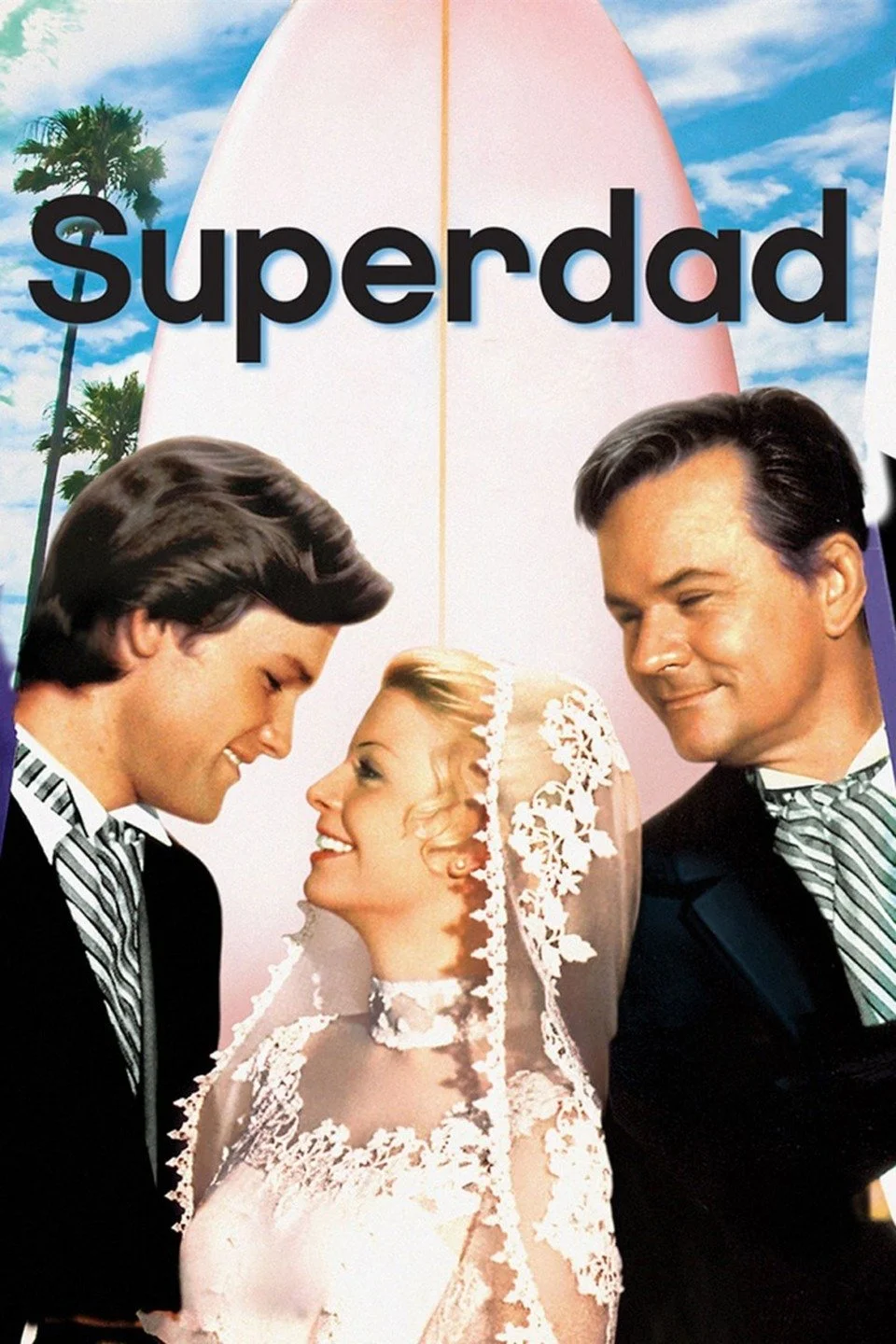By Larry Clinton and Mike Moyle, Sausalito Historical Society
Back in the low tech 20th Century, Phil Frank researched Sausalito history by prowling through back yards with a metal detector and shovel. Today, thankfully, we have more sophisticated tools – courtesy of the Internet. While surfing the Net, SHS member Mike Moyle came across the accompanying photo on Facebook. It shows a bunch of regulars lined up at the bar of a Sausalito establishment known as the Buffalo Hotel.
Convivial crowd at the Buffalo Hotel in 1902.
Photo Courtesy of John Harris and the Facebook history group American Saloons, Bars and Taverns
Mike, a voracious researcher, learned a few other tidbits from back issues of the Sausalito News, which can be searched on line at https://cdnc.ucr.edu/cgi-bin/cdnc. An ad reports the hotel was in operation as early as 1891 with J. Lowder as the proprietor. Another ad from 1893 reported it “under new management” with “transient trade solicited” and “prices to suit the times.” Rudolph Korn was shown as the proprietor. An ad from 1896 reports E. Westerson as the proprietor and that the hotel had “clean, bright and sunny rooms now being remodeled throughout” — “terms reasonable - special rates for families.”
In the 1890s, the advent of the telegraph led to betting on horse races across the country in what were called poolrooms, literally "rooms where betting pools were organized."
SHS founder Jack Tracy told the story of how the Buffalo Hotel joined this trend in his book, Moments in Time: “A prosperous and well-liked gambler from Sacramento, Frank Daroux, opened Sausalito's first poolroom in the Barreiros Building on Water Street (749 Bridgeway). A politician by nature, Daroux soon became active in local affairs, assisting in the election of Adolph Sylva, a wealthy member of Sausalito's English colony, to the Board of Trustees. Around 1900, Daroux and Company moved their poolroom operation to the Buffalo Hotel built on pilings over the water near the foot of Princess Street.” But when ferryboats began arriving filled with "undesirables" from San Francisco, opposition to poolroom gambling quickly organized as the Municipal Improvement Club.
As Annie Sutter wrote in the Historical Society newsletter: “The City Councils of 1893 and 1894 prohibited poolrooms, the ordinances of 1896 licensed them, and in 1897, the licenses were revoked. Of course, the attitude depended on who had been elected. The Buffalo Hotel played a big part in the elections. Anyone who had been a Sausalito resident for two weeks could vote. Politicians went to San Francisco and gathered bums and barflies and put them up for two weeks at the Buffalo, paying for all food and drinks, in exchange for votes.”
Eventually the poolrooms were closed or converted to more traditional lodging and drinking establishments. But the Buffalo Hotel still enjoyed its share of notoriety. In 1903 a launch bringing the morning papers to town got lost in the fog and darkness and “rammed her bulk beneath the Buffalo Hotel with a mighty crash,” as reported in the Sausalito News. “One amusing feature of the accident,” the paper related, “was furnished by a tired drummer who had sought repose at the hotel early in the evening after a day spent at our local thirst quenchers. When the accident occurred the big building shook like a leaf. The drummer's bed left the floor about a foot. Then came a series of shrill blasts from the boat's whistle. The latter was nerve racking and uncanny. Out from under the building came the toots and the crashing of timbers. It was too much for the drummer man. He leaped through the window, carrying with him the sash and glass. Then, in his abbreviated night gear, he dashed along Water Street ‘Help! Hie! Help! Hie,’ he lustily called. ‘A whale, hie, es eat, hie, Forrest's launch, and now the, fool's eatin' th', hie, Buffalo Hotel,’ he explained to Constable Trouette, who stopped his mad flight. It was only with the greatest difficulty that he could be persuaded to return to his room.”
But the hotel also had a more respectable side, as shown in a Sausalito News account of a wedding there in 1898. After a ceremony conducted by the Rev. Mr. Hamilton from Christ Church,
“the guests sat down to an elegant supper. Attorney Sylva [perhaps repaying a political favor?] acted as toastmaster and with his characteristic repartee, added greatly to the enjoyment of those present. At half past ten o'clock the Richardson Band made its appearance and enlivened the occasion with its choicest music. At 11:30 all hands repaired to the large hall that extends out over the water, where on went the merry dance till the wee small hours.” The anonymous reporter ended his article with a toast of his own: “Long life, health and prosperity to mine host of the Buffalo and his newmade wife. May their cup of happiness be full to the brim, their joys innumerable and their troubles ever confined to the realm of the nursery.”
In 1915 L. D. Allen, an experienced hotel man, became the proprietor of the Hotel Buffalo, and announced to the Sausalito News “that he will completely renovate the Hotel Buffalo and run it as a first-class family hotel and cafe.”
That seems to have been the end of the hotel’s newsworthiness, because the only other reference Mike and I found was an article from 1923 that indicated it “was razed to make room for the Golden Gate Ferry wharf.”





